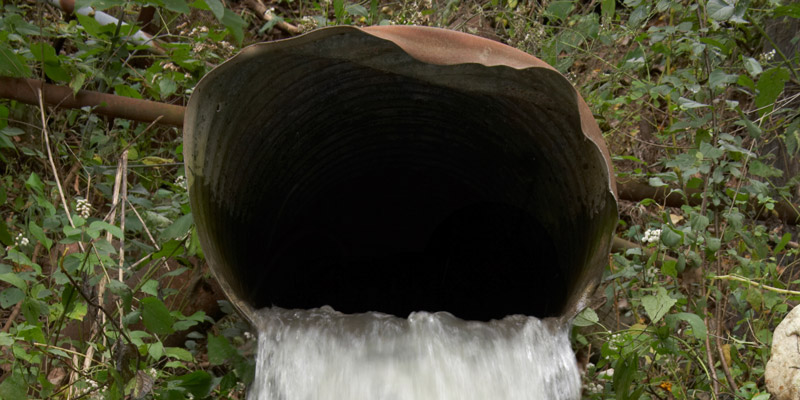Establishing an Interdisciplinary Network and the Study of Watershed and Communicable Disease Events
Principal Investigator - Judy Isaac-Renton, Professor, University of British Columbia (2001-2004)

Challenge
Emerging pathogens (bacteria or viruses) can have dramatic impacts when waterborne outbreaks occur. For example, drinking water sources become contaminated when human or animal feces containing Cryptosporidium are deposited into water, where the parasite persists as oocysts resistant to harsh environmental conditions but, when ingested, reproduce and cause illness. Ingestion of even a few oocysts can cause illness, resulting in diarrhoea, abdominal cramps, and nausea. With no reliable methods currently available to detect this pathogen, new knowledge about waterborne cryptosporidiosis, a parasitic disease caused by Cryptosporidium, is needed to develop public health strategies related to drinking water.
This innovative research project sought to address microbial contamination of surface source drinking water by focusing on the cause of waterborne outbreaks of microbial contaminants using a “Watershed-to-Tap” framework. Novel methods allowed the researchers to assess community health and watershed events in real-time.
Project
The purpose of the project was to establish a network for the study of watershed events and waterborne Cryptosporidium. In this two-phased study, the researchers first investigated the association between Cryptosporidium and Giardia concentrations and classic water quality parameters (total coliforms, fecal coliforms, E. coli, turbidity, temperature, pH, DOC, nitrates, river levels) in the Greater Vancouver District’s Seymour water system, a protected watershed in British Columbia. Similarly, pathogen associations with water quality parameters were also carried out in the Oldman River, at Lethbridge in Southern Alberta, which is a semi-arid watershed system heavily impacted by agricultural production.
Land use appears to explain the observed differences in raw water within the protected watershed of Seymour. Meanwhile, in Lethbridge, active intervention should significantly reduce the levels of observed bacteria and parasites. As of yet, there have been no reported outbreaks of waterborne diseases, which could be a result of either efficient water treatment processes or ineffective identification and reporting of cryptosporidiosis.
It was revealed that watershed events, especially heavy rainfall, affect parameters such as turbidity and Cryptosporidium in water. Finally, Cryptosporidium parasites were genetically characterized by molecular profiling, an approach which enhances understanding transmission dynamics.
Outputs
Throughout the project, the researchers participated in workshops, policy meetings, multi-day teaching sessions, and scientific conferences, of which a select few are listed below. The Watershed-to-Tap approach that was employed linked the team with scientists, government organizations, and public health, which resulted in a number of synergies.
Presentations
CWN Healthy Water Conference, Vancouver, February, 2002
National Water Conference, Halifax, April, 2002
Canadian Public Health Laboratory Forum, Toronto, May 2002
Climate Change & Infectious Diseases Workshop, UBC, August 2002
International Conference on Water and Health, Ottawa, September 2002
Experts Workshop on Water Quality Monitoring, Vancouver, October 2002
International Medicine & Tropical Diseases Conference, Victoria, November 2002
Outcomes
- One of the goals of the project was to develop novel methods to predict and assess the contamination of source drinking water and its impact on parasitic infections in communities. This was accomplished using watershed weather and turbidity data, GIS land-use tools and novel serological tools, which included remote fluorescence sensing. Industry partners enhanced the study of the application of these new technologies. Our project results could be applied world-wide for public health, water surveillance and watershed management.
- The project represents the first linkages between the public health research group at the University of British Columbia and non-health based researchers, connecting human microbiological experts with internationally renowned watershed experts. Building on each researcher’s independent network promises expanded growth for the established network.
- Provincially the team has begun networking with UBC’s Institute for Resources, Environment and Sustainability, the School of Occupational Health and Hygiene, as well as Health Care and Epidemiology. Nationally, new links have been established with Alberta watershed researchers and health teams, and the Canadian Public Health Laboratory Network (CPHLN), which has representatives from every province, as well as from Health Canada and Health, Environment and Consumer Safety. International collaborations continue with the USA Centers for Prevention and Disease Control with a focus on population level seroprevalcne studies.




